The PDR milestone for the Pharus ELT Didyma equipment, which is being designed by Pharus Tech for aircraft, was successfully completed last week. So, what does this mean? When will the Pharus ELT Didyma equipment be ready for sale? What features will it have?
The PDR milestone stands for Preliminary Design Review and serves as an agreement between the authority and the design organization regarding the design principles and features of the device. In aviation equipment, project progress is subject to the approval and reviews of the authority; in this context, following the PDR, there are CDR (Critical Design Review), TRR (Test Readiness Review), and QR (Qualification Review) milestones. With the completion of the PDR milestone, the features and capabilities to be provided in the Pharus ELT Didyma have been finalized.
Pharus ELT Didyma is a Portable Type Class-1 Emergency Locator Transmitter. In other words, it is an Emergency Locator Transmitter (ELT) device that can be detached and carried by the aircraft crew, suitable for portable use, capable of operating between -40°C and +55°C, and can be activated both manually and automatically.
Automatic activation will be provided in the following scenarios:
| In the flight direction | >6G acceleration |
| Other than the flight direction | >12.5G acceleration |
As mentioned earlier in the “Pharus ELT Didyma” article, existing ELTs around the world have a false alarm rate of up to 90%. This problem results in wasted time and financial costs for Cospas-Sarsat Mission Control Centre (MCC) operations worldwide. For the Pharus ELT Didyma, it has been agreed to include a technical feature that will minimize the false alarm issue: if an optional +28VDC external power supply from the aircraft is connected to the ELT, it will continuously run an “Embedded Optional Monitoring Circuit” that evaluates acceleration and crash existence in parallel. This circuit does not draw power from the ELT’s battery; when powered by the aircraft, it examines whether a real accident has occurred and prevents false alarms in cases of hard landing, hard takeoff, and turbulence. In this regard, the design team anticipates that the Pharus ELT Didyma will be certified as the most modern and reliable ELT equipment.
Another finalized technical feature of the Pharus ELT Didyma is its practical, detachable battery module. This enables a more convenient and faster battery replacement process in battery change and fault detection scenarios. Without sending the device back to the factory or returning it to the manufacturer, any maintenance technician trained by Pharus Tech will be able to replace the battery in as little as 10 minutes, without any intervention to the internal structure of the ELT equipment.
Designed to suit the operational scenarios of many existing air platforms worldwide, the Pharus ELT Didyma is being developed to meet the following environmental endurance standards:
| Operating Altitude |
Maximum 25.000 ft |
| Operating Temperature | -40 to +55 °C |
| Survival Temperature | -40 to +85 °C |
| Vibration | RTCA/DO-160G: Section 8.2 – Cat. U2 |
| Crush | 455 kg (690 kPa – 100 psi) |
| Shock | 500g @ 5 ms |
| Impact | 2000 KPa (290 psi) |
| Decompression |
Between 69 kPa (10 psi) and 6.9 kPa (1 psi) @ 25 s |
| Humidity | RTCA/DO-160G: Section 6 – Cat. B |
Due to its portable nature, the Pharus ELT Didyma also features buoyancy and waterproofing: the front side of the ELT, where the antenna is connected, is designed to remain above water and balanced.
The Pharus ELT Didyma weighs 1,150 grams including its Mounting Tray and Auxiliary Portable Antenna, and measures 13.6 cm in length, 8.6 cm in width, and 9.7 cm in height.
Designed to be capable of transmitting for at least 48 hours upon activation to the Cospas-Sarsat satellite system at 406 MHz and to ground radio receivers at 121.5 MHz, the Pharus Emergency Locator Transmitter Didyma features an embedded GNSS receiver that can provide more precise location data in portable use and detect GPS spoofing and jamming attacks.
The Pharus ELT Didyma also offers an optional electrical communication interface, in ARINC 429 and Discrete formats, for use by the aircraft integrator. This interface provides the following capabilities:
-
-
Receiving and storing real-time position data from the aircraft
-
-
-
Remote programming via the ARINC 429 communication protocol (ICAO 24-bit Aircraft Tail ID and Country Code)
-
-
-
Remote activation/deactivation from the cockpit ELT Control Panel
-
-
-
Remote Built-In Test (BIT) initiation from the cockpit ELT Control Panel
-
This communication interface operates using an optional +28VDC external power connection from the aircraft and does not draw power from the ELT’s internal batteries. Through this optional communication interface, the ELT can also conveniently provide the following information and feedback:
-
-
Reporting the date and results of the last Built-In Test (BIT) of the ELT
-
-
-
Reporting the programmed ICAO 24-bit Aircraft Tail ID stored in the ELT
-
-
-
Reporting the programmed country code stored in the ELT
-
Developed with the focus of minimizing the workload of aircraft manufacturing, maintenance, and operational management companies, the Pharus ELT Didyma is integrated into the aircraft via a clamp-type Mounting Tray made of sheet metal, which can be installed in under 10 minutes.
The Pharus ELT Didyma project, designed to DAL-D standards under RTCA/DO-178C and DO-254 processes, is expected to complete all qualifications and be ready for sale by July 2026.
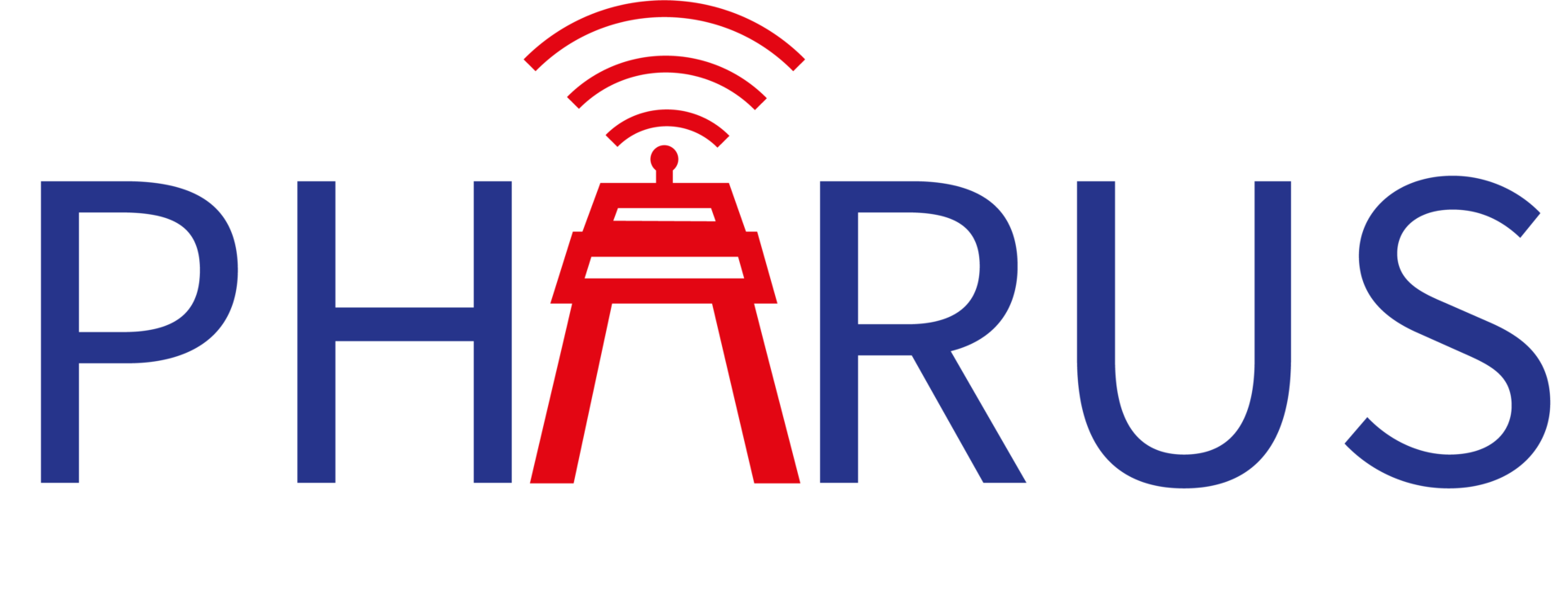
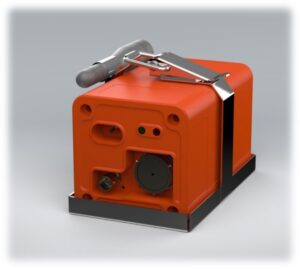
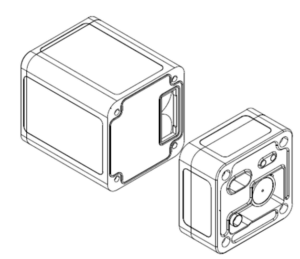
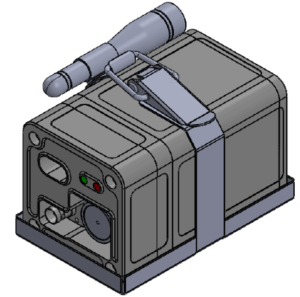

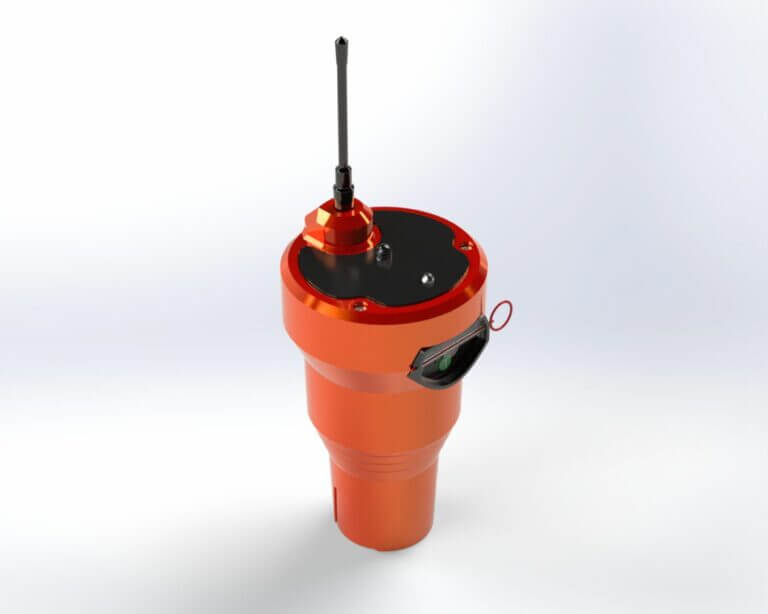





 Mor Teknoloji
Mor Teknoloji






